Disc Pigs Introduction
A pig is a unique tool that cleans a pipeline conveying a gas, liquid, or pipeline transport medium. It can carry both an electromagnetic launcher and a ground receiving instrument, creating an electronic tracking system. Additionally, it can accommodate various accessories for complex pipeline operations. Disc pigs are one kind of essential cleaning pigs in pipeline maintenance. Initially, they featured circular discs for sealing and scraping. These discs conform to the pipeline’s interior, ensuring effective cleaning. Additionally, they navigate bends and welds with ease. Disc pigs also separate different fluids during product transmission. Moreover, their design allows for use in various pipe diameters. Consequently, they are a versatile choice for many industries.
Importance for Disc Pigs Cleaning
The cleanliness inside the pipeline greatly affects its service life and transportation efficiency. Regular pigging operations are therefore necessary. Due to the high medium flow velocity and uneven flow velocity distribution in long-distance natural gas pipelines, it is extremely difficult and risky to control the speed of the disc pigs, especially when the pigging operation is carried out without affecting the gas supply of the user. If the disc pig’s speed is not properly controlled, it will cause a stuck accident, or the pig will impact the quick opening closure during the operation of the pig. It will result in damage to the pig-receiving equipment or even casualties.
New Pipeline Pigging Quality Control
The main problem with domestic new pipeline pigging is that the pigging effect is not ideal. Especially in the large drop pipeline in the mountainous area, the liquid accumulation at the low position of the pipeline cannot be completely removed. For pigging quality control measures, domestic standards are relatively simple. For example, GB 50251-2003, “Code for Design of Gas Pipeline Engineering,” stipulates that pigging of new pipelines should be carried out at least twice before the pressure test; GB 50369-2006, “Oil and Gas Long distance Pipeline Engineering Construction and Acceptance Code,” stipulates that the pipeline cleaning industry should not discharge impurities at the end of the pipeline for acceptance. The practice has proved that there is a lot of construction waste and liquid accumulation in new pipelines, so pigging should be carried out as many times as possible to ensure quality.
The Russian standard has corresponding methods for quality control of new pipeline pigging, which is of reference significance. For example, the Russian standard WUT-16.01-60.30.00-TN-2004, “Pigging and Strength and Tightness Test and Strength and Tightness Test after Completion of Oil Pipeline Construction and Installation Project,” stipulates that 0.1% of the volume of pipe section water should be injected into the pipeline before sending the first pig to wet and flush pollutants. Water should be injected through a filter to prevent sediment from entering the pipe. The pigging section of a new pipeline should not exceed 40km in length. When the pig arrives at the ball-collecting drum without damage and the liquid flow released does not contain dirt, sand, or other impurities, it is considered that the pig’s quality is qualified.
Dangers of Disc Pigs Running Too Fast
(1) Poor pigging effect. If there is gas leakage from the pig, they cannot clean up the impurities completely.
(2) The friction of a high-speed running pig with mechanical impurities could damage the inner coating of the pipe.
(3) The huge impact force of a high-speed pig on the bend and pig receiver could cause potential safety hazards.
(4) The high speed of the pig could cause mechanical damage, bolt loosening, cups or discs falling, and even skeleton breakage.
Disc Pigs Pigging Purpose and Cycle
Purpose
Disc Pigs can clean debris, impurities, liquid accumulation, and pollution in long-distance natural gas pipelines. It can improve transportation efficiency, reduce friction loss and inner wall corrosion, and extend the service life of the pipeline.
According to the property of the pipeline conveying medium, a reasonable pigging cycle is essential according to transportation efficiency and pressure difference.
Pre-pigging Investigation
Situational Investigation of Gas Pipeline
Investigate pipeline specifications, pipeline length, pipeline service life, pipeline safety work pressure, relative elevation difference of pipeline, pipeline crossing and crossing condition, pipeline elbow, diagonal, pipeline deformation, and pipeline intermediate certificate in networking identification and translation.
Investigation of Pig Launching and Receiving Station
Check the situation of the pig launcher and receiver, valves, instruments, blowdown pipes, and surrounding environmental conditions.
Other investigations
Investigate pipeline pigging records, current gas flow rate, and daily gas volume. Also review pipeline working pressure, transportation pressure difference, and efficiency.
Conclusion
In conclusion, disc pigs in pipeline maintenance are not just beneficial but essential for the efficiency, safety, and longevity of pipeline operations. Proper pigging ensures the removal of debris, impurities, and liquid accumulation. It in turn minimizes friction loss and corrosion within the pipeline. However, operators must handle disc pigs with care to avoid excessive speed that can lead to equipment damage and safety risks. Adhering to domestic and international standards for pigging frequency and quality control is very crucial. With these practices in place, disc pigs will continue to play a pivotal role in the maintenance of pipelines, ensuring they function safely and efficiently for years to come.


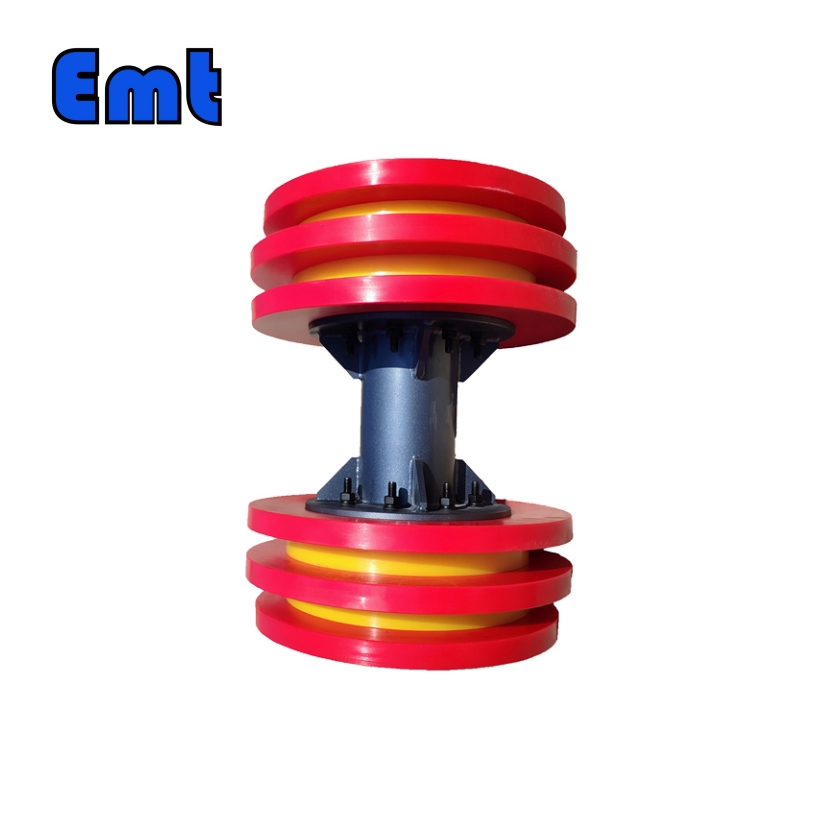
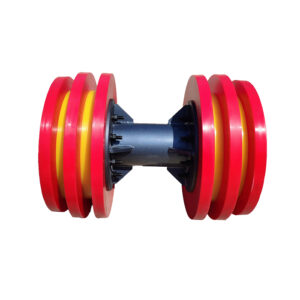
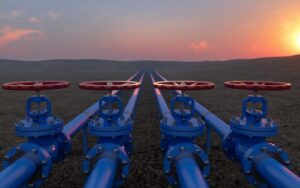
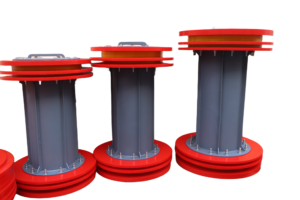


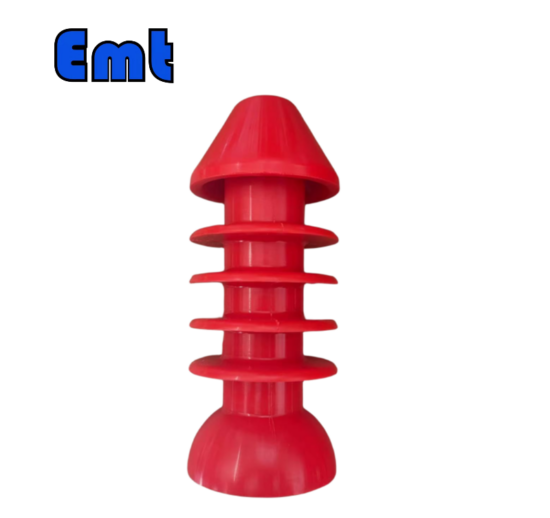
There are no reviews yet.